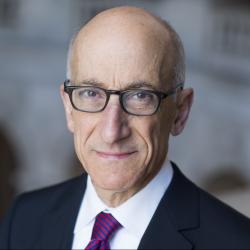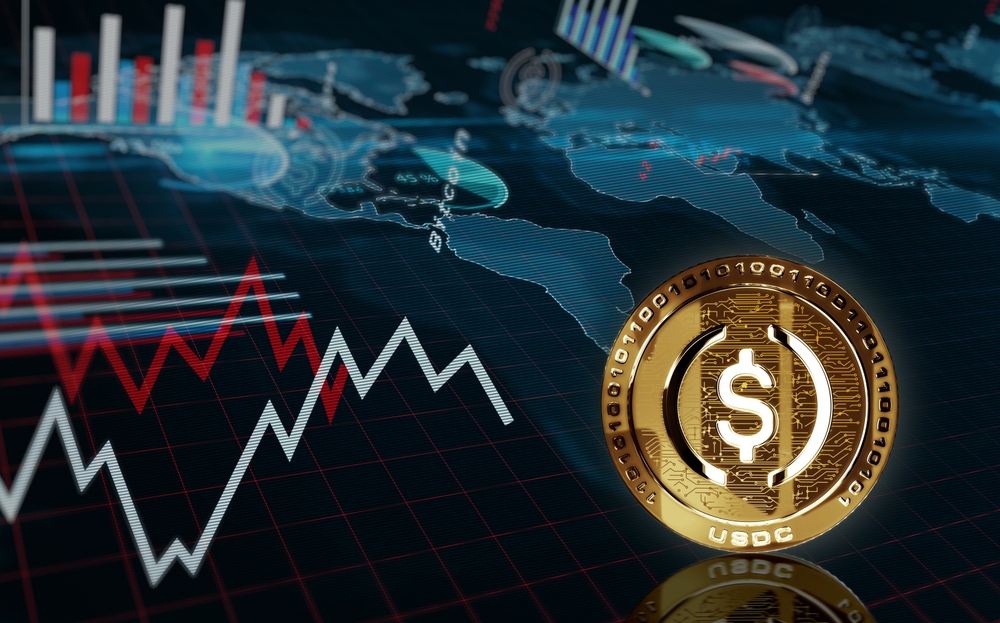While stablecoins could produce important consumer benefits and valuable competition in the payments space, current regulation of stablecoin issuers is woefully inadequate. Legislative solutions are possible but may not be forthcoming any time soon. In the meantime, markets continue to evolve and other regulatory systems may move ahead of the United States in payments innovation.
We propose a federal framework for the issuance of stablecoins within the existing regulatory framework for insured depository institutions, a structure that would not require any new legislation. In our view, a well-designed regulatory platform would put the “stable” in stablecoins—protecting consumers from the risks of illiquidity and potential losses in the event of a stablecoin issuer’s default, and protecting the financial system from instability as the stablecoin market grows in size and importance. The market value of all stablecoins, which was around $5 billion at the beginning of 2020, exceeded $140 billion at the beginning of August 2022. The framework described in this white paper is consistent with the recommendations of the President’s Working Group on Financial Markets in its November 2021 Report on Stablecoins.
Under current law, the Comptroller of the Currency could authorize a national trust bank charter, organized as an operating subsidiary of an insured depository institution, to create stablecoins through the use of a dedicated trust vehicle. Under our proposal, the Comptroller would adopt standards limiting the investment of stablecoin reserves to high quality liquid assets and address redemptions and operational resilience, among other matters. Our approach could promote increased competition in payments services and potentially safeguard the role of the dollar in international finance. While our framework would not be mandatory, our approach would provide substantial benefits to stablecoin sponsors, thus increasing the likelihood that they would opt into the framework.
Coordination across government agencies would be necessary to implement our recommendations effectively. The federal banking agencies—the Federal Reserve Board, the Comptroller, and the Federal Deposit Insurance Corporation —would have to support this framework. The FDIC would not insure stablecoin holdings under our proposal, but could be responsible for resolving a stablecoin national trust bank if one ran into trouble. Buy-in from both the Securities and Exchange Commission and the Commodity Futures Trading Commission would be highly desirable. We recommend that a working group of the Financial Stability Oversight Council quarterback this coordination. Our proposal is self-consciously incremental and cautious, imposing stringent and overlapping safeguards and preserving the separation of banking and commerce. If successful, our proposal might later be liberalized in a variety of ways. The experience gained in developing our approach could also be useful in drafting more comprehensive legislation.
Implementing our proposal would, no doubt, be a substantial administrative lift, but it would represent a viable and realistic way forward.
Timothy Massad is a member of the PayPal Advisory Council on Blockchain, Crypto and Digital Currencies. Howell Jackson is on the board of Commonwealth, a nonprofit organization that promotes financial inclusion and access. The authors did not receive financial support from any firm or person for this article or from any firm or person with a financial or political interest in this article. Other than the aforementioned, the authors are not currently an officer, director, or board member of any organization with a financial or political interest in this article.
The Brookings Institution is financed through the support of a diverse array of foundations, corporations, governments, individuals, as well as an endowment. A list of donors can be found in our annual reports published online here. The findings, interpretations, and conclusions in this article are solely those of its authors and are not influenced by any donation.








